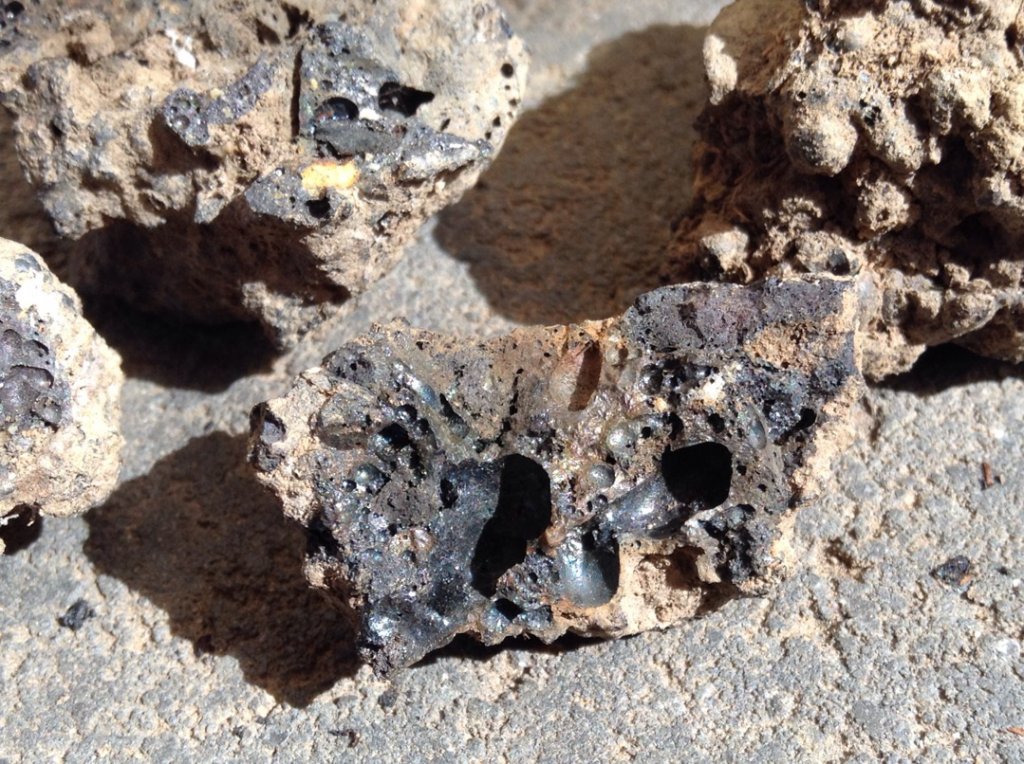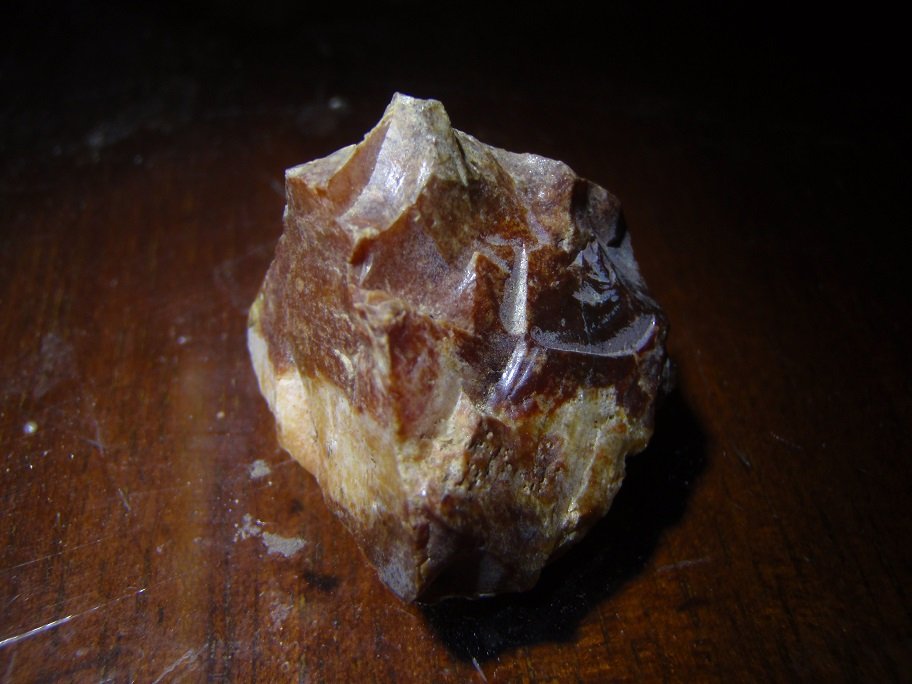-
Please join our new sister site dedicated to discussion of gold, silver, platinum, copper and palladium bar, coin, jewelry collecting/investing/storing/selling/buying. It would be greatly appreciated if you joined and help add a few new topics for new people to engage in.
Bullion.Forum

You are using an out of date browser. It may not display this or other websites correctly.
You should upgrade or use an alternative browser.
You should upgrade or use an alternative browser.
❓Your Mineral Identification Questions answered here
- Thread starter user 4386
- Start date

Help Support Prospecting Australia:
This site may earn a commission from merchant affiliate
links, including eBay, Amazon, and others.
silver
silver
- Joined
- Dec 19, 2013
- Messages
- 18,904
- Reaction score
- 25,834
I'd a thought the smithy would'a bought in his steel already to go, or been fixing old stuff.... would he get much slag on a meltdown and pour ?
You have a good question there sam. :Y:
when I've detected older workshop sites I've mainly found lost and misplaced things in noisy ground but never taken notice of the clinker to put it to mind properly. :|
You have a good question there sam. :Y:
when I've detected older workshop sites I've mainly found lost and misplaced things in noisy ground but never taken notice of the clinker to put it to mind properly. :|
Not aware of smelters there - are you sure it wasn't dumped from elsewhere. Or could it be boiler slag (molten glass residue from coal) from the boiler that drove winding gear - there is a large stone chimney and flue at Jupiter Creek?
Dron
Dron
samrota said:Found this lump of slag in the local goldfields on Friday. Is about fist size, highly magnetic and sends the SDC crazy.
Broke it open hoping for the best.
My question, is it from the old timers melting gold or from a steel foundry/Blacksmith?
https://www.prospectingaustralia.com/forum/img/member-images/8882/1517701470_image.jpg
Certainly interesting whatever it turns out to be. I guess you might have to crush one up and see if it has any gold in it?
Maybe it could be the accumulated crud from the bottom of a stamper battery? Maybe just in case wear a dust mask while crushing it in case it still has some mercury residue in it.
malri_au
Steve
pig iron slag would be my guess.
malri_au
Steve
basically just some iron rocks that have had a fire on top or near,enough to part fuse into cruddy iron.
they would do this,then crush it,get the heavies and do another melt,keep going till purified.
copper is similar but you need carbon addition to trade bonds or something.
they would do this,then crush it,get the heavies and do another melt,keep going till purified.
copper is similar but you need carbon addition to trade bonds or something.
But of course you want to do the reverse as well (will your specimens scratch quartz). Otherwise you might just be trying to scratch quartz with quartz....Shaza1 said:goldierocks said:Shaza1 said:Hiya good people, just wondering what you think.. Topaz??https://www.prospectingaustralia.co...5200_ea85c968-2561-42ff-b16b-56a23c484d4a.jpg
https://www.prospectingaustralia.co...5201_ca1be90f-973d-44b4-9371-05890370af53.jpg
https://www.prospectingaustralia.co...5201_226126df-bd12-4850-a4ce-7bb34f9999b3.jpg
https://www.prospectingaustralia.co...5202_3da9ce80-3809-4dfb-af70-fc60e632222a.jpg
https://www.prospectingaustralia.co...5202_2e3bfe45-42f4-4e8d-93d0-9038011266ed.jpg
https://www.prospectingaustralia.co...5203_5c269bc5-d406-4316-80ac-7271e8f3670f.jpg
It does look like it has parallel cleavage surfaces (very rare in quartz). But what is its hardness? Topaz is 8 on Moh's scale sp will scratch quartz - quartz cannot scratch topaz
I just tried to scratch them with a peice of quartz defiantly no scratch marks the quartz just put like powder lines on there which just wiped off, also tryed a steel nail, stainless steel knife and a drill bit no scratches....
malri_au said:basically just some iron rocks that have had a fire on top or near,enough to part fuse into cruddy iron.
they would do this,then crush it,get the heavies and do another melt,keep going till purified.
copper is similar but you need carbon addition to trade bonds or something.
As mentioned, glassy slag would accumulate at the bottom of boiler fires and be cleaned out occassionally - there was a boiler there because there is a chimney (would have been used to drive the winding gear on a shaft I imagine). The glass forms from the residue when coal is burnt and settles to the bottom (all coal contains some silica as quartz particles).
malri_au
Steve
coal would be the carbon source in this instance then aye?
Cheers goldierocks :Y: Here's some stones I found last year, I have no idea what they are, but they're from a different spot a long way from where the opal was. I just picked them up because they looked good, and I'd never seen them before in other areas. Would be good to know what to call them, not expecting them to be rare as there were quite a few there, but only in this one spot.
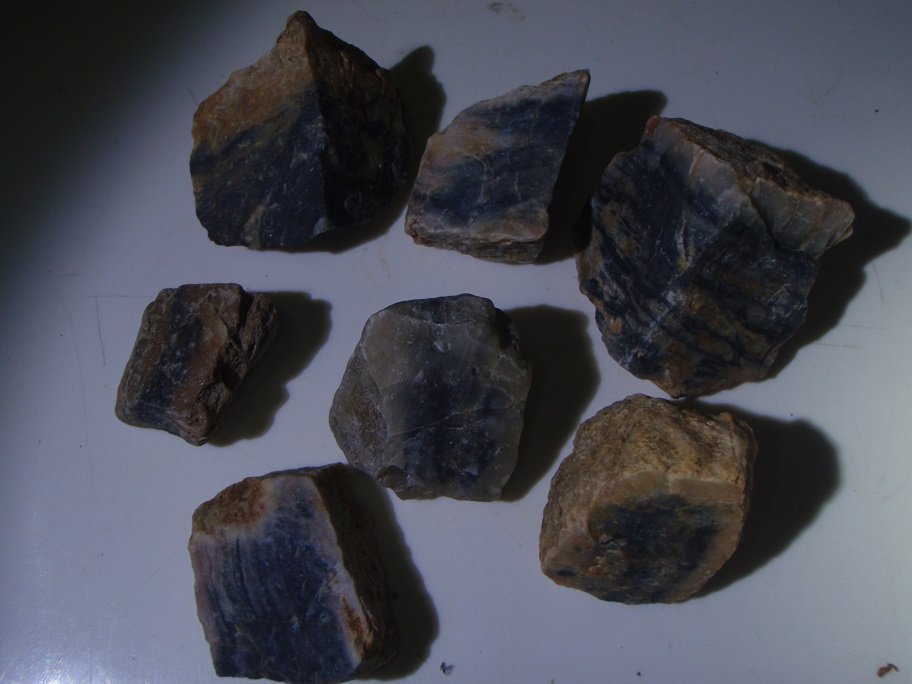

It is tricky with such dark photos - also it is a good idea to quote their properties like hardness when asking (see separate section). Even experienced geos sometimes have problems when they are actually holding the specimens so remote identification like this requires all the additional info we can get (photos may ber essential, but they are often of very little use except in reducing hundreds of possibilities to a dozen or so). However they look like they have sub-conchoidal fracture and are very fine-grained, so they are probably essentially silica rocks of some type (eg microquartz = chalcedony), which scratching them to test hardness will tell you. Such as banded cherts etc.
Thanks goldierocks, yeah that photo came up a bit dark so I took another one in the sunlight. I haven't done a hardness test yet but that would probably be the next step if photos don't work. I realize it's hard to tell just from a photo.
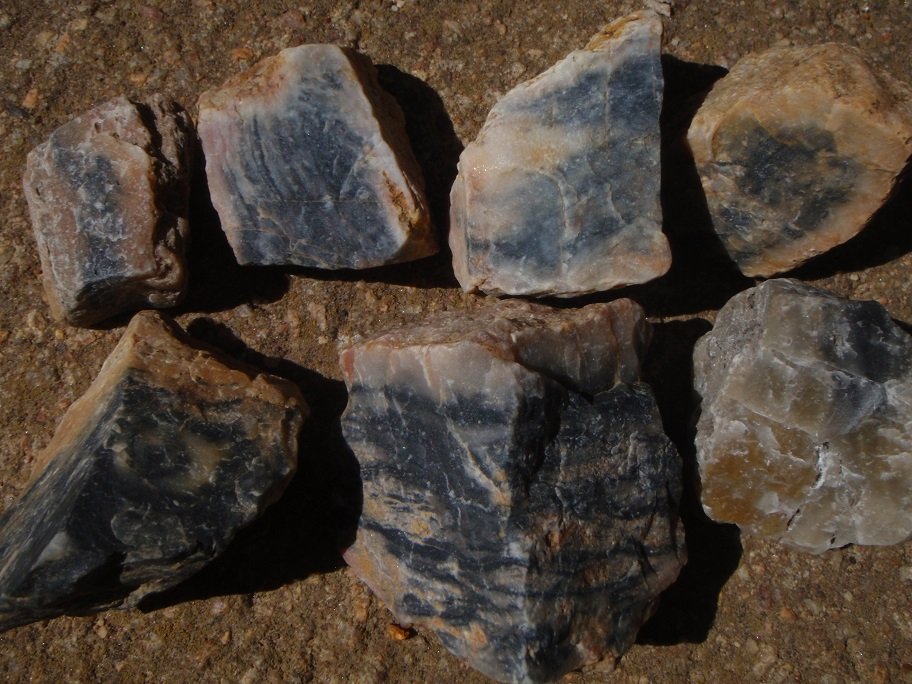

Here's an unusual crystal I found today. It's quite hard, and has six flat faces- almost like a cube. Pretty sure it's not quartz because quartz crystals normally have a hexagonal cross section with a point, and this has four sides with a flat top and bottom as well. The strange thing about it is that it seems to have fractures running in two different ways- both vertically and horizontally. Tried to get a couple of pics:
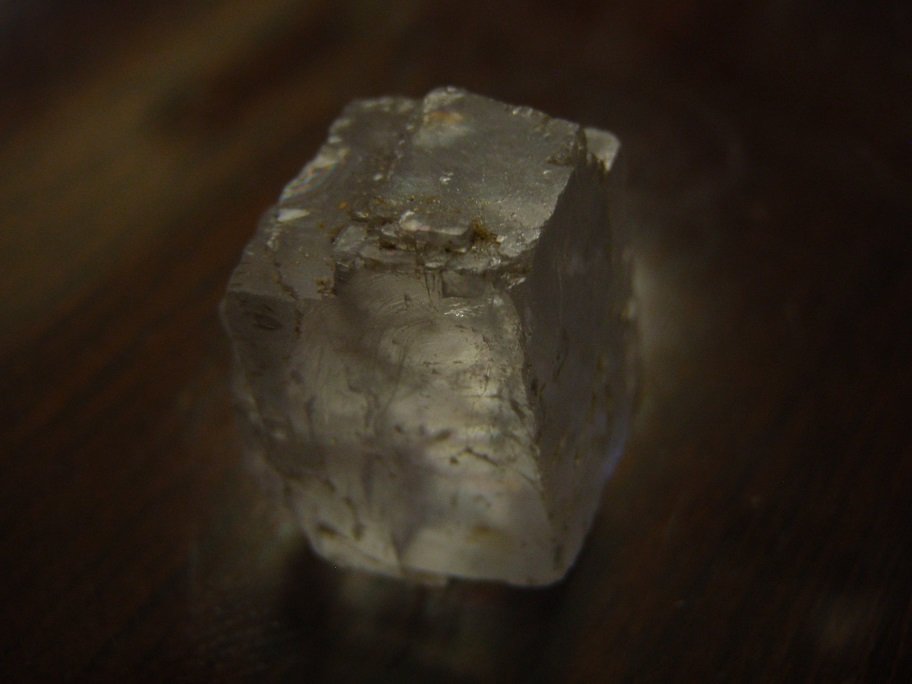

Similar threads
- Replies
- 8
- Views
- 8K
- Replies
- 76
- Views
- 25K
- Replies
- 41
- Views
- 15K



